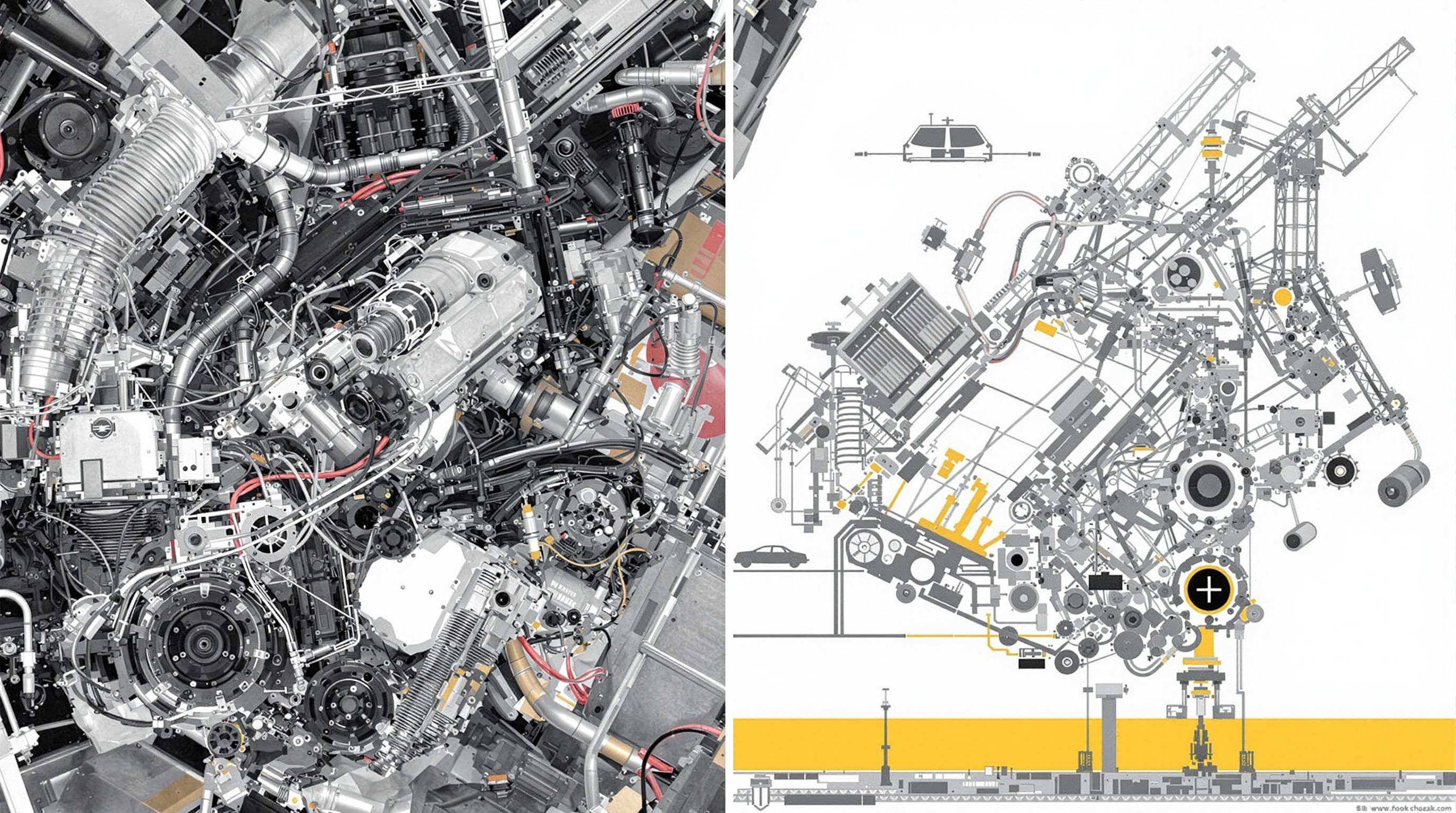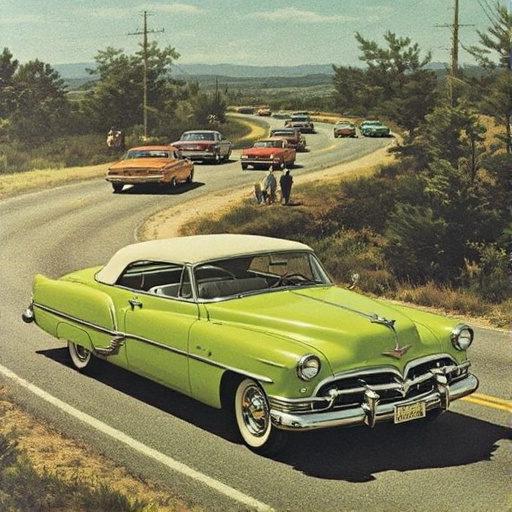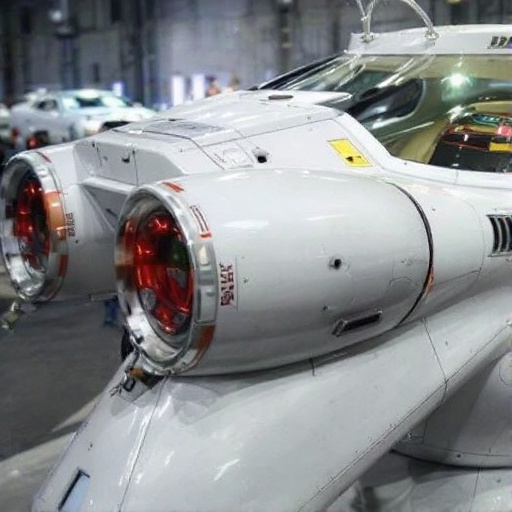Related Articles
- Unveiling the Unthinkable: How Your Social Media Posts Could Impact Your Car Insurance Premiums
- "From Showroom to Social Media: How Dealerships are Becoming Digital Storytellers in 2023"
- "From Showroom to Stream: The Rise of Virtual Reality Test Drives at Dealerships"
- Revving Up Sales: How Virtual Reality is Transforming the Dealership Experience for Shoppers and Sellers Alike
- Selling Experiences: How Dealerships Can Transform into Immersive Automotive Entertainment Hubs
- The Surprising Impact of Your Credit Card Habits on Car Financing: What You Didn't Know!
12 Unexpected Engineering Marvels That Changed the Way We Drive Forever
12 Unexpected Engineering Marvels That Changed the Way We Drive Forever
12 Unexpected Engineering Marvels That Changed the Way We Drive Forever
1. The Anti-lock Braking System (ABS)
Anti-lock Braking System (ABS) revolutionized vehicle safety by preventing wheels from locking during hard braking, thus maintaining traction and steering control. Before ABS, sudden stops often led to skidding and loss of control, causing accidents.
Initially developed for aircraft in the 1950s, ABS made its way into automobiles in the 1970s and 80s. Its adoption drastically improved braking performance under emergency situations across various road surfaces.
Today, ABS is a standard feature in almost all vehicles worldwide, credited with reducing vehicle crashes significantly. According to the National Highway Traffic Safety Administration (NHTSA), vehicles equipped with ABS show a 23% reduction in crashes associated with loss of braking control.
Source: NHTSA.gov
2. Turbocharging Engines
Turbocharging harnesses exhaust gases to force more air into an engine’s combustion chamber, enhancing power output without increasing engine size. This engineering marvel allowed smaller engines to produce power comparable to larger ones while maintaining better fuel efficiency.
Developed in the early 20th century, turbochargers saw widespread adoption in automotive industries post-1970s oil crisis, helping meet stringent fuel economy and emission standards while keeping performance appealing.
With modern advancements like variable geometry turbines, turbocharging remains essential in contemporary vehicles, providing an optimal blend of power and efficiency that reshaped engine design philosophy.
Source: SAE International
3. Continuously Variable Transmission (CVT)
The Continuously Variable Transmission (CVT) introduced a seamless range of gear ratios instead of fixed gears. This enables an engine to operate at its most efficient speed, improving both acceleration smoothness and fuel economy.
Unlike traditional automatic transmissions, CVTs use belts and pulleys to adjust gear ratios continuously without gear shifts, eliminating power interruptions during acceleration. Early versions appeared mid-20th century but became widely practical with modern materials.
CVTs are now common in hybrid and small vehicles, symbolizing a shift toward more efficient drivetrains and adapting power delivery to diverse driving conditions effectively.
Source: Automotive Engineering Magazine
4. Electronic Stability Control (ESC)
Electronic Stability Control (ESC) transformed vehicle safety by automatically detecting and reducing loss of traction. ESC can apply brakes to individual wheels and adjust engine power to help drivers maintain control during skids.
Rolled out widely in the early 2000s, ESC responds faster than human reflexes, especially in hazardous conditions such as slippery roads or sudden evasive maneuvers.
The Insurance Institute for Highway Safety (IIHS) credits ESC with reducing single-vehicle crashes by up to 50%, marking it as a crucial innovation in automotive safety systems.
Source: IIHS.org
5. LED Headlights
LED Headlights enhanced driving visibility and safety through brighter, more energy-efficient illumination compared to traditional halogen bulbs. They also offer longer lifespans and design flexibility, allowing manufacturers to innovate vehicle aesthetics.
Emerging in the early 2000s, LEDs consume less power, reducing vehicle electrical load and indirectly improving fuel efficiency.
Modern LED headlight systems often include adaptive technologies, automatically adjusting beam patterns for oncoming traffic and various road conditions, which contributes significantly to nighttime driving safety.
Source: Automotive Lighting Research
6. Regenerative Braking
Regenerative Braking changed the way vehicles recover energy traditionally lost as heat during braking. By converting kinetic energy back into electrical energy, this system increases vehicle efficiency, particularly in hybrid and electric vehicles.
First implemented in electric trains, regenerative braking systems became popular in automobiles with the rise of hybrid technologies in the late 1990s and 2000s.
This technology improves range and reduces brake wear while enabling a smoother driving experience, proving vital in sustainable automotive advancements.
Source: Electric Drive Transportation Association
7. Variable Valve Timing (VVT)
Variable Valve Timing (VVT) technology optimizes engine performance and fuel efficiency by adjusting the timing of valve opening and closing dynamically. This control allows engines to adapt better across different speeds and loads.
Introduced in the 1980s, VVT improved power output, reduced emissions, and enhanced fuel economy without significantly increasing engine complexity.
Popularized by numerous automakers, including Toyota and Honda, VVT has become a standard component in modern combustion engines, playing a vital role in meeting emission regulations.
Source: SAE Technical Papers
8. Adaptive Cruise Control (ACC)
Adaptive Cruise Control (ACC) revolutionized long-distance driving by automatically adjusting a vehicle’s speed to maintain a safe distance from the car ahead, reducing driver fatigue and accident risk.
Using radar and sensor technologies, ACC maintains smooth traffic flow and improves highway safety by enabling semi-autonomous speed regulation.
First deployed on luxury models in the early 2000s, ACC now appears across a wide range of vehicles and is seen as a foundational step toward fully autonomous driving systems.
Source: SAE International
9. Run-flat Tires
Run-flat Tires allowed vehicles to continue driving safely even after a puncture, reducing the risks and inconvenience associated with tire blowouts.
Developed in the 1980s, these tires feature reinforced sidewalls that support the vehicle’s weight temporarily without air pressure, allowing drivers to reach a safe location or repair facility.
Run-flat technology improved overall driving safety and eliminated the immediate need for tire changes on dangerous roadways or at night.
Source: Tire Technology International
10. Active Aerodynamics
Active Aerodynamics refers to adjustable exterior components that optimize a vehicle’s airflow for improved fuel efficiency, stability, and performance. These systems dynamically modify airflow based on speed and driving conditions.
First introduced in supercars in the late 1990s, components such as movable spoilers and air dams helped reduce drag at high speeds and increase downforce when needed.
Today, active aerodynamic systems appear in a range of vehicles, from performance cars to electric models aiming for maximum efficiency, pushing vehicle design to a new frontier.
Source: Journal of Automobile Engineering



